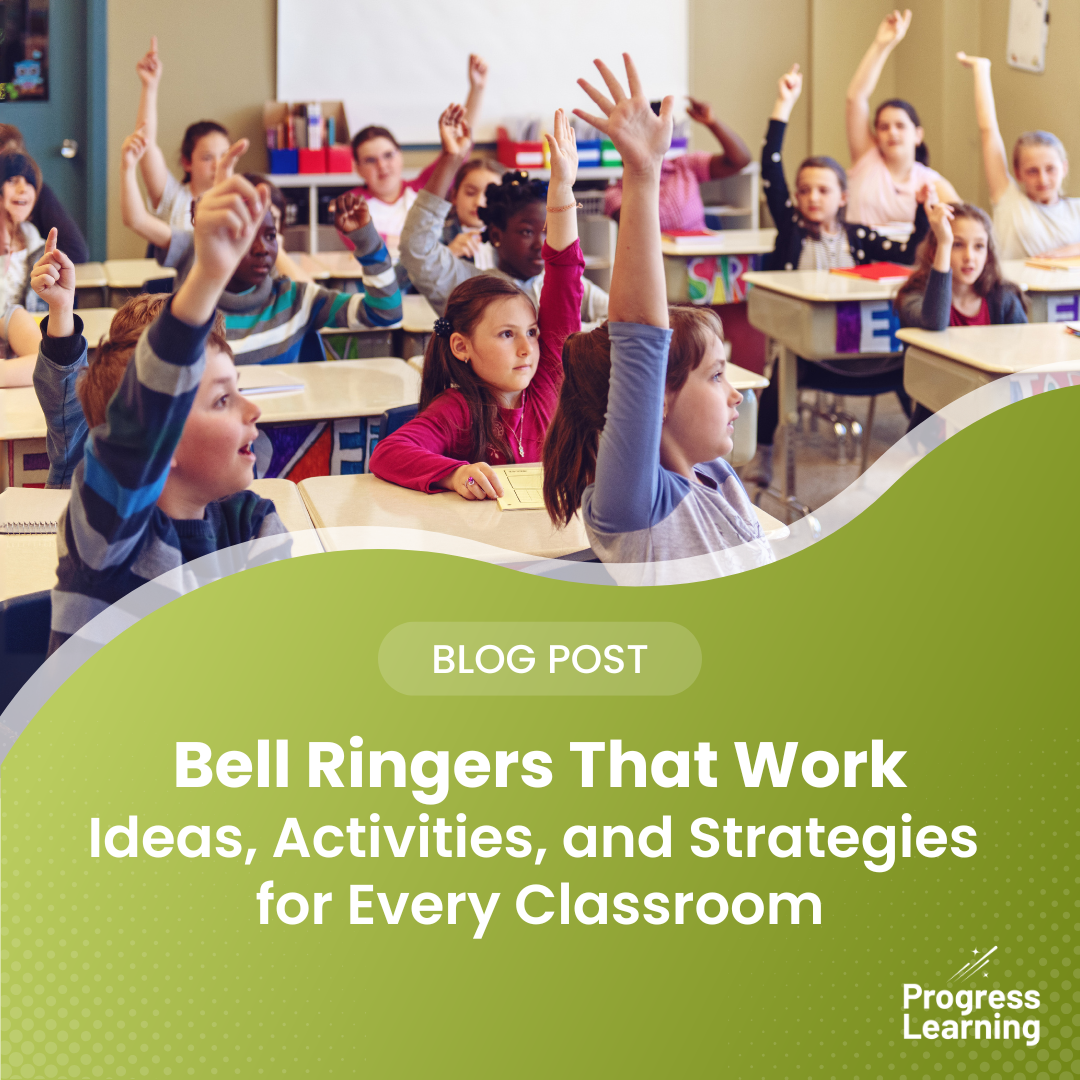How to Identify and Address Learning Gaps in Students
What Are Learning Gaps?
Learning gaps occur when there’s a disconnect between what students are expected to know and what they actually know. These gaps often emerge when foundational skills or knowledge are missed, leaving students struggling to keep pace with their peers. Unaddressed, these gaps can snowball into larger issues, undermining students’ confidence, academic performance, and long-term success. For instance, a student who struggles with basic grammar rules in elementary school may face greater challenges constructing essays in high school.
Types of Learning Gaps
- Knowledge Gaps: These arise when students miss foundational concepts. Imagine a fourth-grader who struggles with multiplication; they are likely to find division or fractions overwhelming later in the curriculum, creating a cascading effect on their math proficiency.
- Skills Gaps: Without consistent practice, essential skills such as writing or problem-solving can deteriorate. For example, a middle schooler who hasn’t mastered essay structure may fall behind as assignments grow more complex in higher grades.
- Communication Gaps: Sometimes, students know how to solve a problem but struggle to articulate their process. A math student might perform calculations correctly but fail to explain their reasoning when asked.
- Environmental Gaps: Factors like a lack of internet access or a quiet space for studying can severely hinder a student’s ability to learn. A child unable to complete online assignments due to unreliable Wi-Fi may miss crucial concepts over time.
- Cognitive Processing Differences: Students with learning disabilities, such as dyslexia, often require tailored approaches to grasp and retain information effectively. Addressing their needs through specialized methods ensures they stay on track with their peers.
Why Do Learning Gaps Appear?
- Missed Learning Opportunities: Frequent absences due to illness, family responsibilities, or mid-year school transfers disrupt learning continuity. For example, a student transferring schools mid-year might struggle to adapt to a new curriculum, creating gaps in understanding.
- Socioeconomic Factors: Limited access to resources like books, tutoring, or the internet disproportionately affects students from low-income households. These barriers can reduce their ability to stay on par with their peers academically.
- Teaching Methods: When teaching styles don’t align with a student’s learning preferences, such as visual learners in lecture-heavy classrooms, comprehension often suffers.
- Classroom Environment: Overcrowded classrooms make it harder for teachers to provide individualized attention. Quieter students may go unnoticed when they are struggling, further exacerbating learning challenges.
How to Identify Learning Gaps
- Diagnostic Assessments: Short pretests or quizzes can pinpoint specific areas of difficulty. For instance, a math pretest might reveal that a group of students struggles with fractions.
- Classroom Observations: Teachers can identify struggles by observing participation patterns. Students who avoid group activities or frequently appear confused during lessons may have underlying gaps in understanding.
- Data Analysis: Digital tools, such as Progress Learning’s reporting features, help detect trends in performance. A teacher noticing consistent issues with long division across their class can adapt their lesson plans accordingly.
- Student Feedback: Soliciting input through exit tickets or questionnaires allows students to express which parts of a lesson were most challenging for them, offering direct insight into gaps.
Classroom Strategies for Closing Learning Gaps
- Personalized Learning Plans: Tailoring instruction to individual needs helps students overcome specific barriers. A struggling reader could work with simpler texts paired with guiding questions, gradually rebuilding skills. Progress Learning’s tools support this process with customized remediation options.
- Scaffold Learning: Breaking down complex topics into smaller, manageable steps ensures students gain foundational understanding before tackling advanced material. For example, teaching vocabulary before analyzing a historical text equips students with the tools they need for deeper engagement.
- Engaging Technology Tools: Interactive platforms make practice enjoyable and accessible. A gamified approach to multiplication practice, for instance, can motivate students while reinforcing essential math concepts.
- Formative Feedback: Providing regular, actionable feedback helps students understand their strengths and areas for improvement. In essays, highlighting a strong introduction alongside suggestions for a more specific thesis gives clear guidance.
- Collaborative Learning: Encouraging students to support each other can foster both understanding and community. Pairing a student proficient in algebra with a peer who needs help creates opportunities for mutual growth.
- Regular Monitoring and Adjustments: Frequent assessments and observations help teachers identify recurring difficulties, such as vocabulary retention, and implement timely interventions.
The Role of Administrators
While teachers tackle learning gaps in their classrooms, administrators play a vital role in systemic solutions:
- Professional Development: Organizing workshops on topics like differentiated instruction equips teachers to address diverse learning needs effectively.
- Resource Allocation: Providing tools like Progress Learning’s platform eases the burden of identifying and remediating learning gaps, saving teachers valuable time.
- Data-Driven Decisions: Analyzing school-wide trends helps uncover patterns, such as consistent struggles with fractions, prompting targeted curriculum adjustments and training sessions.
Why It’s Critical to Address Learning Gaps Early
Addressing learning gaps promptly prevents them from compounding over time. For instance, a second-grader struggling with phonics may face much greater challenges with reading comprehension in fourth grade if the issue is not resolved. Early intervention builds strong foundations, enabling students to approach advanced concepts with confidence.With tools like Progress Learning’s robust reporting and personalized interventions, educators can effectively close learning gaps. These efforts are not just about improving academic performance; they empower students to reach their full potential and thrive in their educational journey. Get a demo of the product to see how Progress Learning can help you get all of your students on the right path.


